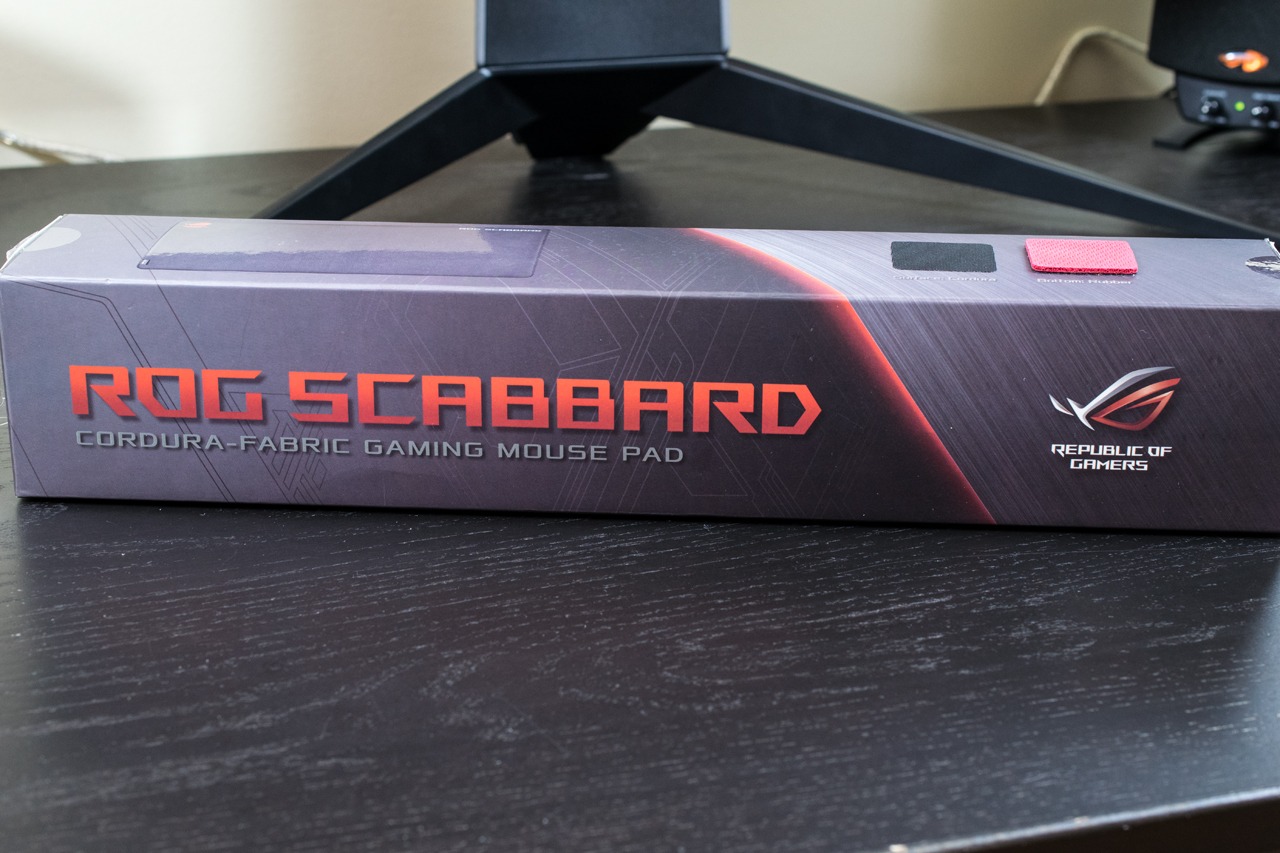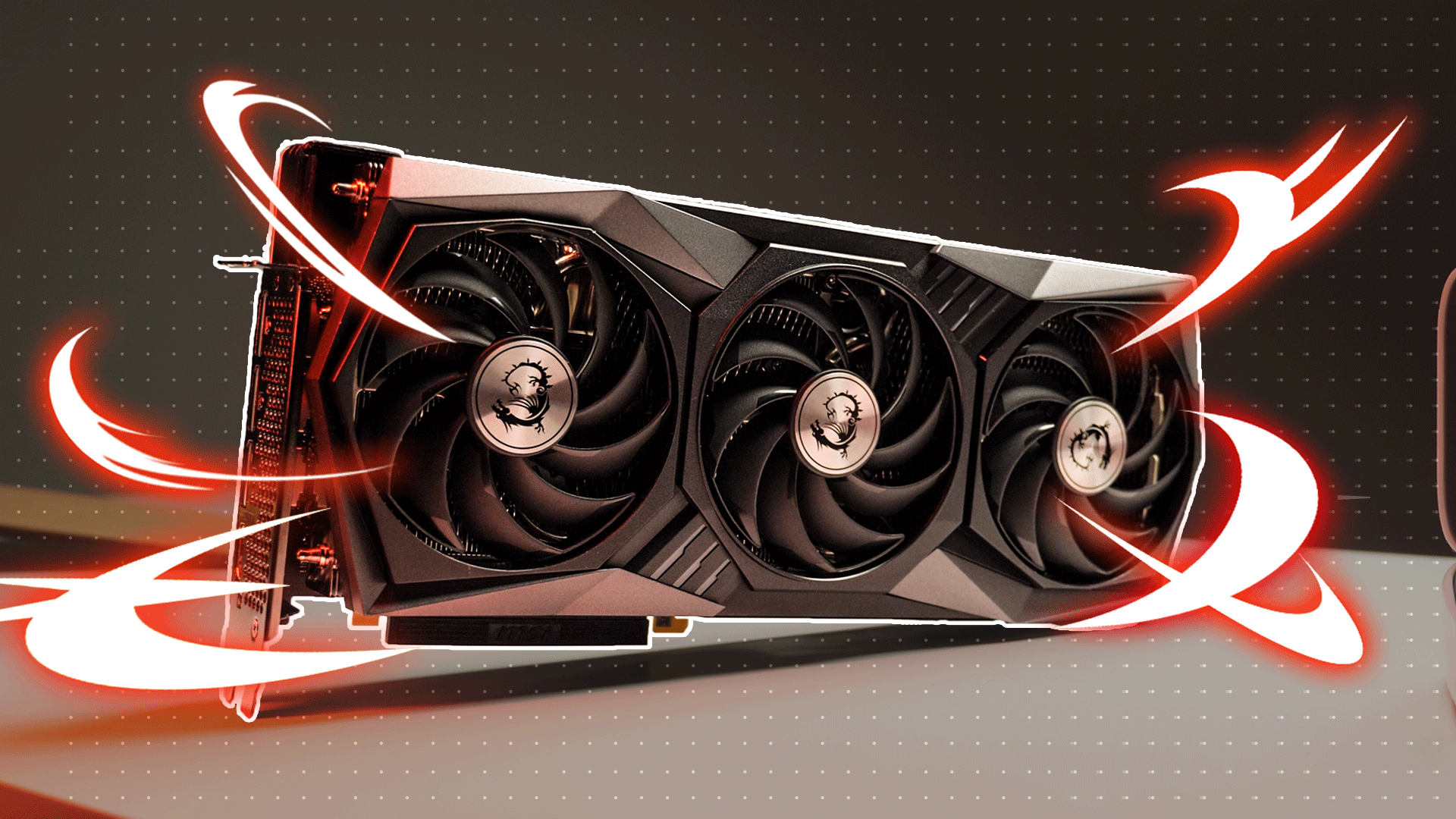To investigate the impact has on overall performance we have used a slightly modified version of our standard IOMeter test. Precisely we have run 8 test runs per device (1,4,16,64,128,256 queue depth) each test having 8 parts, each part lasting 60 min w/ an additional 20 second ramp up. The 6 subparts were set to run 100% random, 75% read 25% write; testing 512b, 4k,8k,16k,32k,64k size chunks of data. When each test is finished IOMeter spits out a report, in that reports each of the 6 subtests are given a score in I/Os per second. The results for the first two test runs/hours are discarded and only the last 6 run reports are averaged.
The three devices in the chart are a P1 1TB M.2 installed in open test bed with no cooling and underneath a large (and hot running) video card, the same P1 1TB M.2 that has been installed in a PCIe adapter card w/ heatsink and active cooling via a 120mm fan pushing air over both sides of the M.2 card, and a MX500 1TB 2.5-inch device installed in the same system with standard cooling for the hard-drive bay. These three examples represent the best- and worst-case scenario for the P1 1TB with the 2.5-inch MX500 results representing a base line for comparative purposes only.

Even by M.2 NVMe standards the Crucial P1 1TB runs hot. Some of this is because the SMI 2263 is a – relatively – hot running controller, but mainly it is because the there is no heat spreader included. Even the usually thin copper strip underneath the label is missing. What this means is each and every IC / ‘chip’ is on its own when it comes to passive cooling. The problem with this is most PC cases have a ‘front to back’ airflow arrangement. Since the SMI controller is what will be hit first by air-movement the NAND chips behind it are getting hit by hotter and hotter air. This further reduces the ‘back’ chips abilities to regulate its own temperatures… and explains why the controller starts throttling at only 60-degrees C.
On its own this issue would not be overly worrisome, but in addition to a rather aggressive thermal limit, the P1 1TB idles hot. When used as a secondary storage device – as it was in these tests – it idles in the low 40 C range. When used as a primary ‘OS’ drive it idles in the high 40s. This only gives the drive 12-18 degrees worth of temperature range to work in. That really is not that much wiggle room.
As such we would strongly recommend using it with a motherboard that actively cools the M.2 port via a fan (e.g. ASUS X299 TUF motherboards use the SB fan to cool the M.2 port), or comes with a large heatsink for the M.2, or at the very least is located in such a way as to catch as much internal air flow as possible (some motherboard have ‘vertical’ M.2 ports, others use a ‘DIMM slot’ as a dial M.2 board, etc). This is simply not a series that we would stick underneath a video card and expect to get good results from. Put another way, it is a high-performance M.2 drive so you can not treat it like a cool running SATA M.2 drive.











